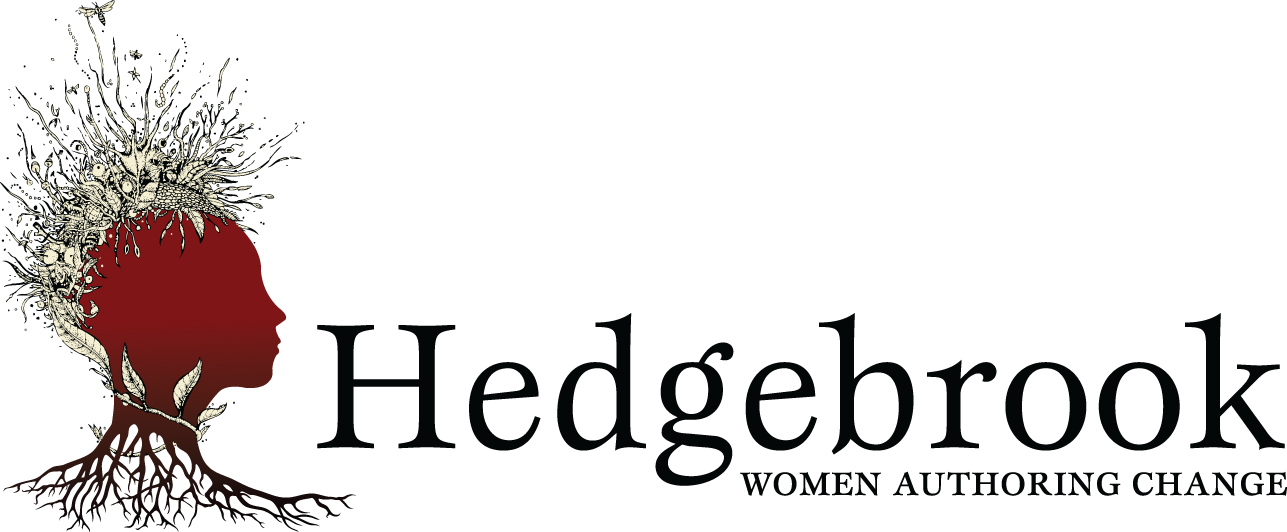Imagination
Some time ago I read an exquisite little essay by the Italian postwar writer Natalia Ginzburg in which, in her razor-sharp, self-deprecating manner, she refers to her own imagination as “paltry.” Her piece struck a chord: I had never heard a writer speak so candidly about her own limitations. And I could identify only too well, and too painfully. My own relationship to imagination is a complicated one. I, too, have often wished for a copious, fecund imagination, one as wide as an ocean, as lush as the densest tropical jungle. And yet when I think of my own imagination, the images that come to mind are something altogether different. A tundra perhaps. Some expansive, but icy, landscape. A swath of blue-gray. The color of a wolverine’s eyes. Or, perhaps, the recurrent image that my mind conjures whenever it’s trying to break out of a period of writing blocks: a thin red line, almost like a clothesline, but infinitely thin and red like bright blood. The line is at once present (indicated by the boldness of the color) and elusive (suggested by the thinness of the line). In my fantasy, my mind needs to follow that line in order to break out of periods of aphasia, periods where I am convinced I will never be able to write a poem again. Another image comes to mind when thinking about Imagination. (I find myself unconsciously capitalizing the word, as if writing about a goddess.) The image is that of a porcelain doll, a doll that is a bit disheveled, that has a pirate’s wooden leg. My imagination then is something broken, like bird’s wings, something fragile, a miniature glass city, perfect and elusive. It is a place inside me that has been buried deeply the way a little girl fleeing war might bury a silver bell, hiding it from soldiers who will ransack everything.It occurs to me that as a child born in Argentina during the 70s, during a political dictatorship, a child whose family was forced into exile, it might not have always felt safe for me to go deeply into Imagination. Perhaps I have retained something of the fear that if I let myself go, if I lost myself in child’s play, I would emerge only to find some disaster, the adult world around me having gone up in flames.Picasso once said that all children are artists. I have always had a somewhat troubled relationship to my own childhood, not because I ever felt that it was a particularly unhappy one, but rather because I felt that I was never really much of a child, that there had always been something adult-like in my sensibility. Until I had my own daughter I had some difficulty relating to children. I was always very shy around them, always felt at the mercy of their judgments. Once grown up, I had learned (rather painfully) how to communicate with other adults, but children brought back my most paralyzing shyness. Almost like a creative block, I was rendered aphasic with them. I would freeze. I can only suspect that at some level they were a reminder of my own childhood, of my own buried childhood self. And, until recently, this buried self remained something of an alien.I sense that my own imagination was not sufficiently nourished during my childhood, or when it was, that it was by the darkest elements: the military in their long uniforms, black birds, my grandmother’s stories from the Bible. And yet, however paltry, however small and petulant, my imagination is my only source of respite, the only home, blue and expansive and ordered, to which I aspire. There’s a sense of wholeness, a connection to another plane I obtain only from writing a poem. Hedgebrook supports visionary women writers whose stories and ideas shape our culture now and for generations to come. The opinions expressed here are not necessarily representative of the opinions of Hedgebrook, its staff or board members.
